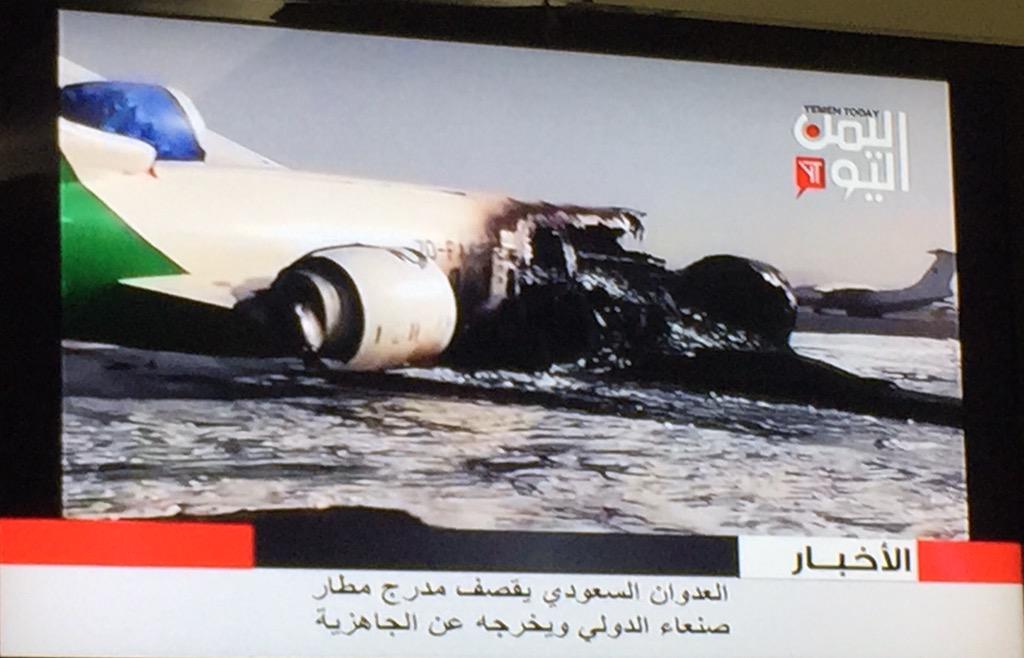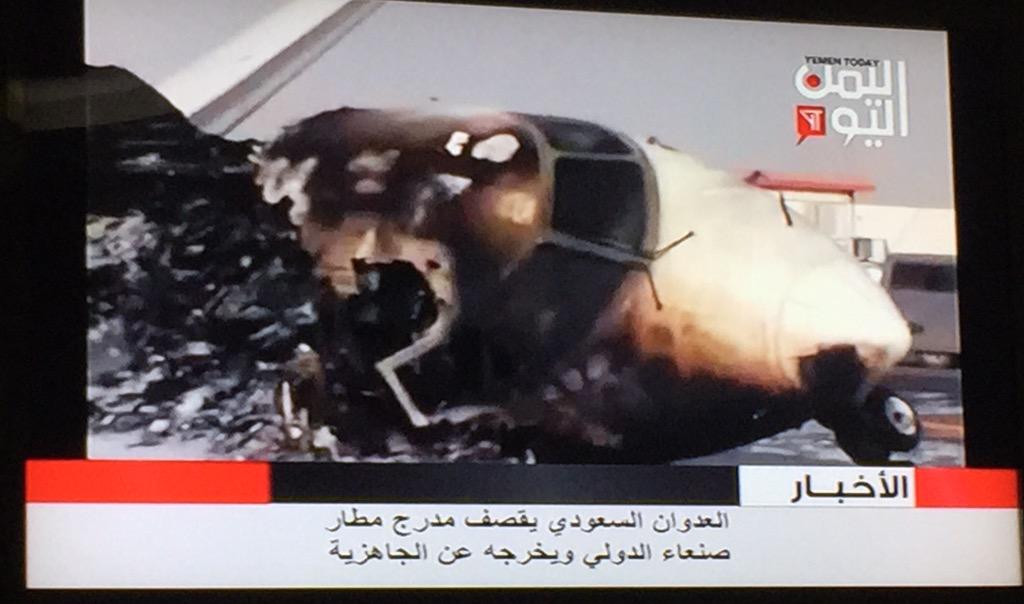
In the Mokattam, every Thursday evening mass and public exorcisms take place in one of the cave churches. Dive into an area where miracles are often, and the people extraordinary.
Mansheyet Nasser is mostly a Coptic area situated on the lowest slope of the Mokattam hill. This is the residence of the Zabaleen, or slum dwellers, who cart away the rubbish of Cairo metropolis. Apart from a dozen houses inhabited by Muslims and a small “masged” (mosque) among the dusty roads deprived of asphalt of the neighbourhood, mostly Copts are installed there.
The main road of Mansheyet Nasser, lined with cram-full garbage bags that reach impressive heights, bakeries, butcheries and other religious shops, climbs steeply to what the residents call “el dir”, the monastery, even though no monastery is to be seen. However, five amazing churches are established in this secluded and final area of the neighbourhood. A curvy paved road leads to a wide area back by the impressive raw, colored rock of the Mokattam, carved with holy images of the Christ carried out by Marcos, a polish sculptor.
Partly because of the round cafeteria packed with youngsters, who seem to enjoy this moment of rare freedom, and also the huge cave church know as “Saint Samaan Church” excavated in the rock that can host 20,000 people, the common sense of proportion starts to diminish. Thursday evenings sermons of Abouna Samaan, the priest of Mansheyet Nasser, attract thousands of people each week, some from the Mokattam, others from Cairo.
Microbuses also bring faithful Christians through the narrow and smelly streets of this tiny village. The contrast between the pristine and no-smoking area of “el dir” and the smelly streets of Mansheyet Nasser is startling, and gives an impression of sudden serenity and harmony.
THE STORY OF SAMAAN, THE SHOEMAKER
In order to understand why the father of the neighbourhood, whose name is Farahat, has chosen to baptize himself, as well as the church, Abouna Samaan, it is necessary to go back in time, while keeping in mind the legendary aspect of this tale.
A thousand years ago in Egypt, a rather tolerant Caliph encouraged Muslim, Christian and Jewish teachers to debate controversial issues without anger. A battle of wits started between a Jew and a Christian upon religious matters, and the Jewish teacher, in order to force the Coptic patriarch Abraham to the wall, quoted an excerpt of the Bible that says: “If you have faith as a mustard seed, you will say to the mountain move from here to there, and it will move”.
The Caliph was thrilled because through the accomplishment of this miracle, the Christian faith would be validated and there would be a way of expanding the city eastwards, blocked by the mountain. In case of failure, the future of the whole Christian community would be doomed.
The patriarch was granted three days to achieve this miracle, and started by warning the whole community of the imminent threat upon them, inviting them to pray and feast through the day. On the third day, the patriarch, hopeless, had a vision of the Virgin Mary that unveiled the identity of the man who will accomplish the miracle: Samaan, the shoemaker. Indeed, at sunset on the same day, the mountain rose up three times, and while it rose for the last time, the sun was seen under the mountain. The history, or legend, of the miracle that saved the whole Christian community from an assured extinction is still vivid today, which explains the name both of Farahat and the church.
Many miracles happen in those churches of the Mokattam, which also justify the use of the shoemaker’s name.
THE EXORCISM PROCESS
On Thursday evenings, the first hour and a half is devoted to praying in the massive church of Saint Samaan and listening to the sermon of Abouna Samaan.
Around 9 pm, the huge assembly parts in two, those who go back to their homes and those who will follow the mass exorcism that is to take place right after the sermon in Mar Girgis Church. This church is considerably smaller than the previous one; still around 2000 people can be seated without a feeling of claustrophobia.
Originally, this church was a cavern filled with 140,000 tons of rocks. The auditorium-like shape of the cave is filled with rows of quite uncomfortable folding seats. In the middle stands a stage where the acts of exorcism are performed, and on both sides of the central stage, two neat queues (one for women and one for the men) are forming. Dressed in black with a bushy grey beard and a wooden cross in the right hand, Abouna Samaan radiates an impression of solemnity and wisdom that is quite striking to the audience.

A tiny orchestra, led by a dynamic choir and a few instruments is lightening the atmosphere by playing a whole repertoire of songs glorifying Jesus while the exorcisms take place. The lyrics can be easily followed on a big screen that is hung on the wall of the cavern, scrolling on images of happy people. A woman is on stage, standing in front of the priest. Her body is shivering while he firmly presses his wooden cross on her forehead while whispering a prayer. In an instant, she is lying on the stage floor, almost unconscious.
A khadeema immediately covers her body with a white sheet and Abouna Samaan crouches close to the distressed women. Her body is struck by spasms, and her high-pitched screams fill the whole cave. The attention of the audience is total. After hitting her many times with his wooden cross so that her body calms down, he grabs the microphone and asks to the evil spirits inside her: “How many of you are there?” She screams louder, the audience stiffens.
“Six”, she answers.
The priest starts praying for her in the name of Christ and in the name of the cross, then orders her to lift her left leg. “Irfa!” he yells, while the leg of the young woman begins rising under the sheets, thus creating a very unnatural shape. “Put it back down!” yells the priest, and she obeys promptly. On the third time she lifts her leg, he addresses the devil and tells him that now is time to leave this body, and that he will let go of her when her leg touches the floor for the last time.

At that moment, one of the numerous khadeemas on the stage pours “Baraka” water (from a real Baraka bottle) into the priest’s palm. As soon as the poor woman’s leg is back on the floor, Abouna Samaan sharply splashes her face with the holy water, prompting the immediate release from the evil spirit that inhabited her. She is helped to stand on her two feet again, and is invited by the priest to stomp her feet in the name of the Father, the Son and the Holy Spirit. She then readjusts the veil that has been crumpled in the exorcism process, and leaves the cave.
It could sound unconventional, but many Muslim men and women come to Abouna Samaan for an exorcism. It also happens in the Mar Girgis Cathedral in Ramses, where Abouna Makary Younane proceeds with exorcisms every Friday evenings.
















